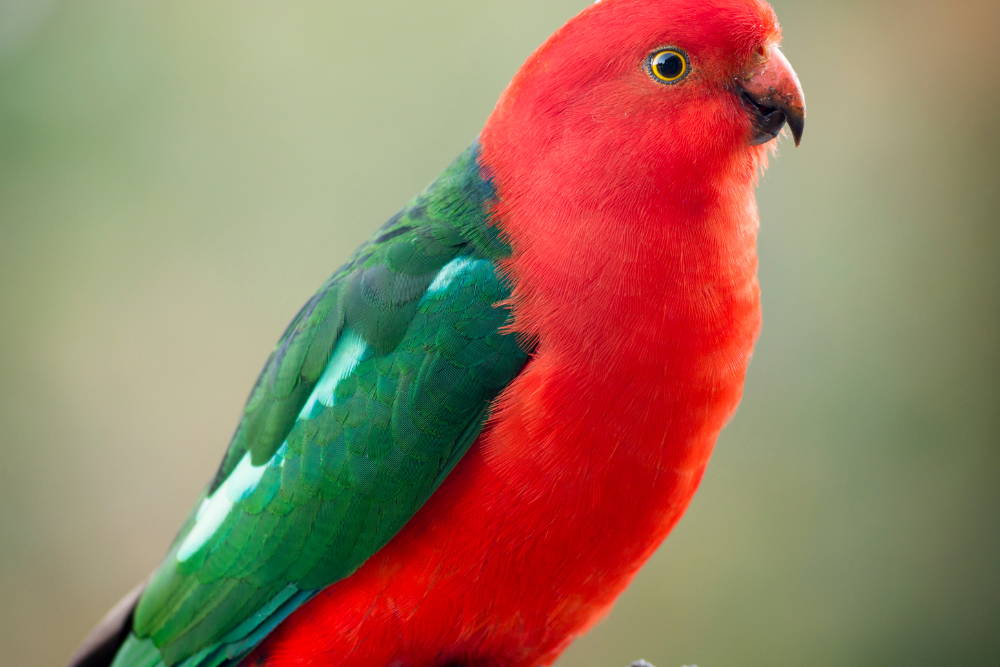Australia is home to some of the most diverse and pristine natural environments in the world, and its national parks are a testament to the country’s commitment to preserving its unique ecosystems. From tropical rainforests and rugged coastlines to expansive deserts and lush mountain ranges, Australia’s national parks offer incredible experiences for nature lovers, adventure seekers, and those simply looking to connect with the wild. Here’s a guide to some of the best national parks across Australia.
1. Kakadu National Park (Northern Territory)
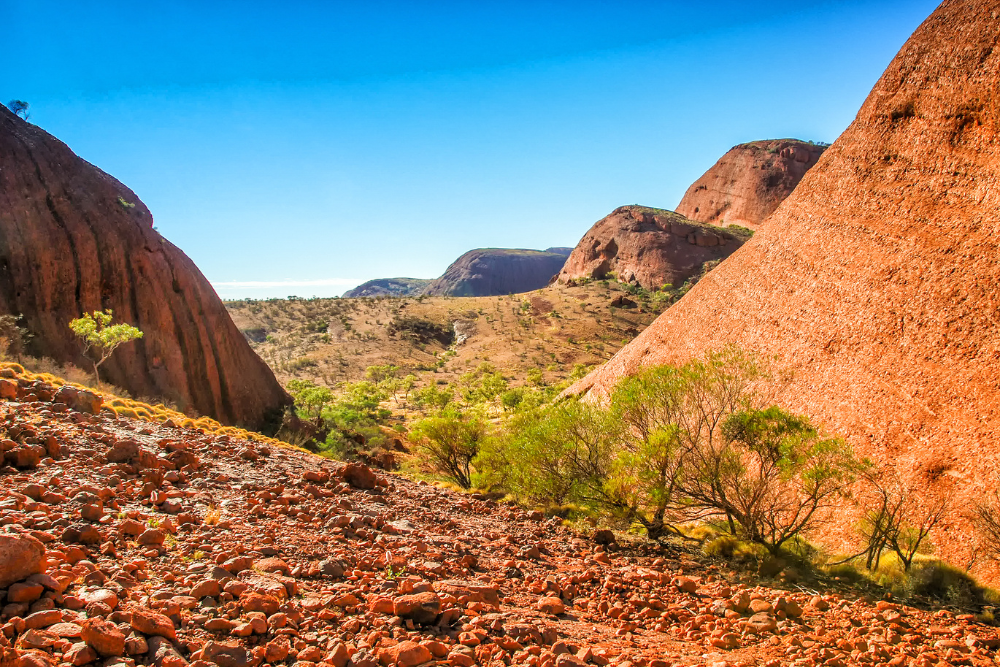
Best For: Wildlife watching, Indigenous culture, and wetlands
UNESCO World Heritage Site: Yes
Key Features: Wetlands, billabongs, ancient rock art, diverse wildlife
Kakadu is Australia’s largest national park, covering nearly 20,000 square kilometers of diverse landscapes. It is an incredible place to explore Aboriginal culture, spot rare wildlife, and enjoy outdoor activities in one of the world’s oldest ecosystems.
- Wildlife: Kakadu is home to saltwater crocodiles, wallabies, kangaroos, and a vast array of bird species.
- Cultural Significance: The park is also a cultural landmark for Indigenous Australians, with ancient rock art galleries at sites like Ubirr and Nourlangie Rock.
- Best Activities: Cruise the Yellow Water Billabong, explore the Jim Jim Falls, and hike to Nourlangie Rock for panoramic views.
2. Great Barrier Reef Marine Park (Queensland)
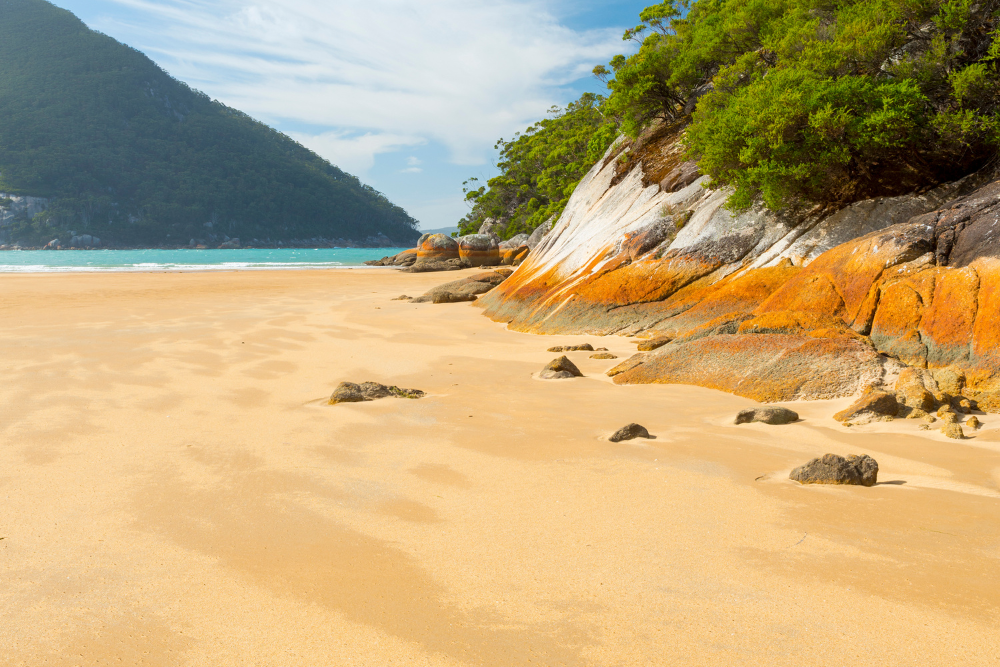
Best For: Snorkeling, diving, coral reefs, and marine life
UNESCO World Heritage Site: Yes
Key Features: Coral reefs, tropical fish, underwater ecosystems
The Great Barrier Reef is one of the most famous natural wonders in the world and a must-see for anyone visiting Australia. While technically a marine park, it is an essential part of the country’s national park system and offers some of the best diving and snorkeling experiences globally.
- Marine Life: The reef is home to a stunning array of marine life, including colorful coral, fish, turtles, and sharks.
- Best Activities: Snorkeling and scuba diving, boat tours to Whitsunday Islands, and visits to Green Island.
- Conservation Efforts: The park is managed to protect the fragile coral reef ecosystem, and visitors are encouraged to follow eco-friendly practices.
3. Blue Mountains National Park (New South Wales)
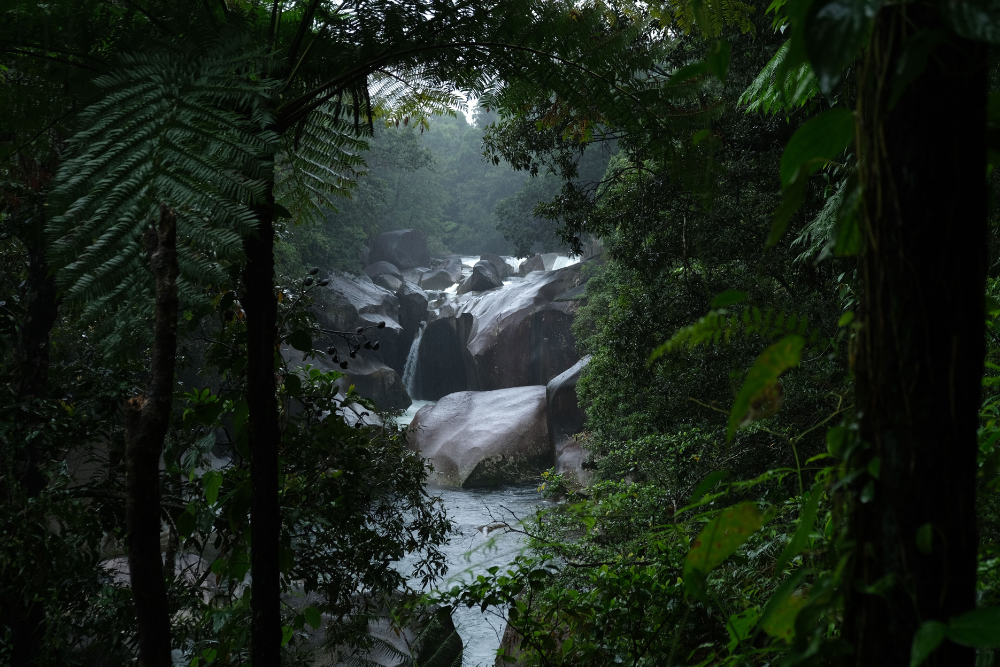
Best For: Hiking, rock climbing, and dramatic landscapes
UNESCO World Heritage Site: Yes
Key Features: Eucalyptus forests, sandstone cliffs, waterfalls, valleys
Located just two hours from Sydney, the Blue Mountains National Park is a world-renowned destination for outdoor activities, offering dramatic landscapes and a rich natural heritage.
- Landscapes: The park features deep valleys, towering cliffs, and dense eucalyptus forests, often shrouded in mist.
- Key Sites: The famous Three Sisters rock formation, Wentworth Falls, and Jenolan Caves.
- Best Activities: Hiking along the Six Foot Track, rock climbing, canyoning, and visiting the Scenic World cableway.
4. Uluru-Kata Tjuta National Park (Northern Territory)
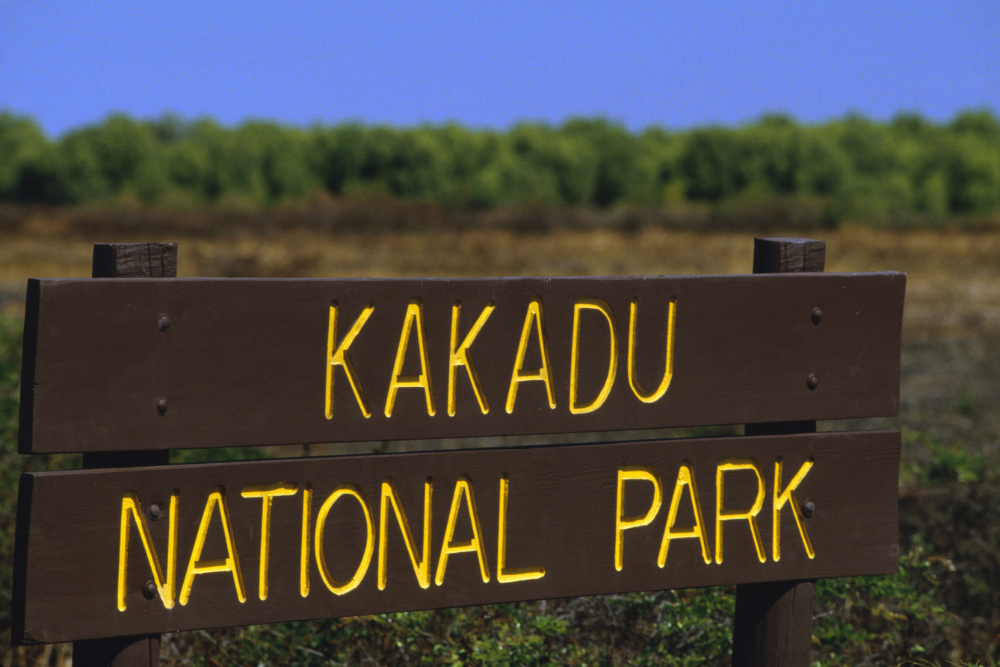
Best For: Iconic landscapes, Indigenous culture, and spiritual experiences
UNESCO World Heritage Site: Yes
Key Features: Uluru (Ayers Rock), Kata Tjuta (The Olgas), desert landscapes
Uluru is one of Australia’s most iconic landmarks, and Uluru-Kata Tjuta National Park offers visitors a chance to experience the spiritual and natural significance of this UNESCO World Heritage site.
- Uluru: This enormous sandstone monolith rises 348 meters above the desert floor and is sacred to the Anangu people, the traditional owners of the land.
- Kata Tjuta: Also known as The Olgas, this collection of large rock formations is as impressive as Uluru and offers unique hiking opportunities.
- Best Activities: Watch the sunrise and sunset over Uluru, explore the Valley of the Winds at Kata Tjuta, and learn about Aboriginal culture at the Cultural Centre.
5. Daintree National Park (Queensland)
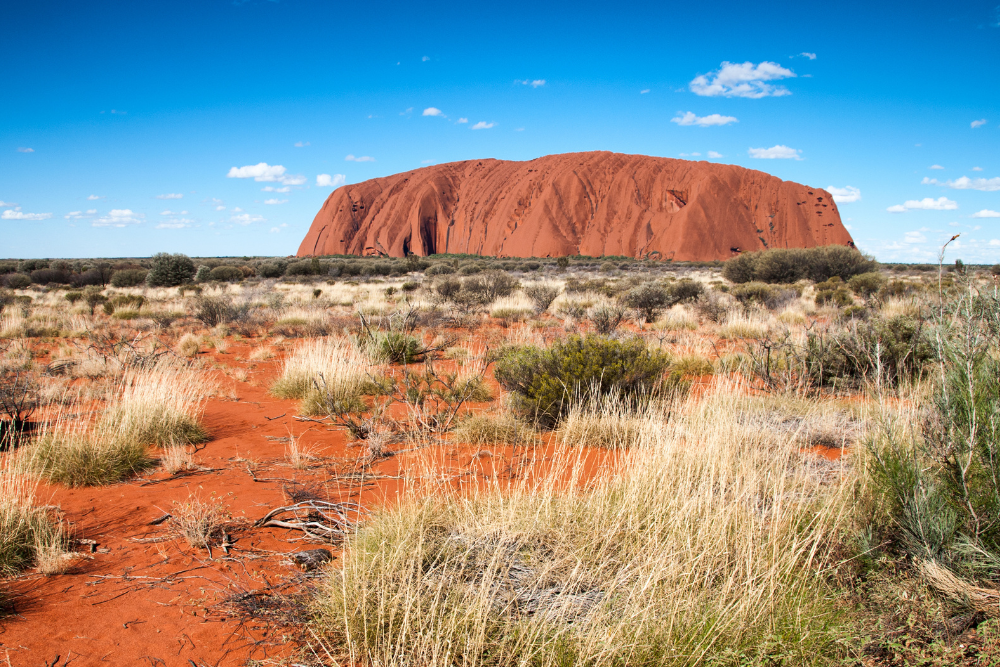
Best For: Rainforests, wildlife, and tropical ecosystems
UNESCO World Heritage Site: Yes
Key Features: Ancient rainforests, rivers, mangroves, diverse wildlife
The Daintree Rainforest is one of the oldest rainforests in the world and is home to a staggering variety of plant and animal species. The park’s lush landscapes provide a unique opportunity to explore tropical ecosystems in one of the most biologically diverse areas on Earth.
- Wildlife: Spot rare species such as the Cassowary (a large flightless bird), tree frogs, and various marsupials.
- Best Activities: Take a guided walk through the rainforest, visit the Mossman Gorge, and cruise along the Daintree River to spot crocodiles and other wildlife.
Conclusion
Australia’s national parks are a testament to the country’s incredible natural beauty and diverse ecosystems. Whether you’re interested in exploring ancient rainforests, hiking up rugged mountains, snorkeling in pristine coral reefs, or experiencing unique wildlife, there’s a national park in Australia that offers something for everyone. These parks not only protect the environment but also provide visitors with an unforgettable experience of Australia’s wild landscapes.



